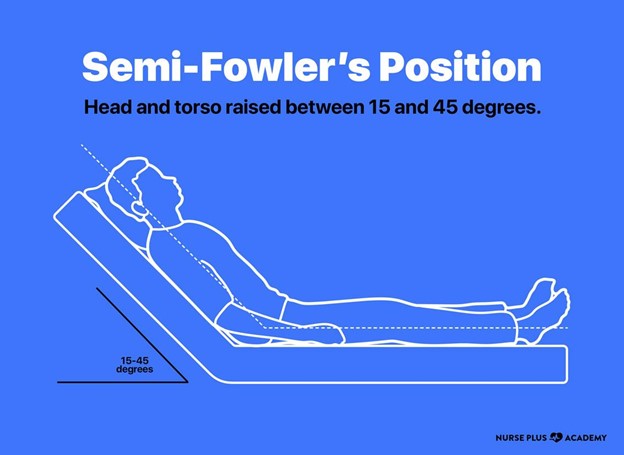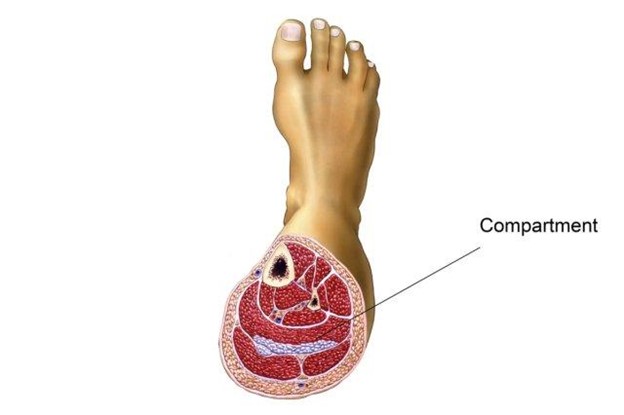A client is transported to the recovery area of the ambulatory care unit after cataract surgery. In which position does the nurse place the client?
Side lying on the affected eye.
Supine
Prone
Semi Fowler's
The Correct Answer is D
Choice A Reason: Side lying on the affected eye is not the correct position for the client after cataract surgery, as it may increase intraocular pressure and cause bleeding or damage to the surgical site.
Choice B Reason: Supine is not the correct position for the client after cataract surgery, as it may cause fluid accumulation and swelling in the eye.
Choice C Reason: Prone is not the correct position for the client after cataract surgery, as it may cause pressure and friction on the eye.
Choice D Reason: Semi Fowler's is the correct position for the client after cataract surgery, as it helps to reduce intraocular pressure and promote drainage and healing of the eye.

Nursing Test Bank
Naxlex Comprehensive Predictor Exams
Related Questions
Correct Answer is D
Explanation
Choice A Reason: Side lying on the affected eye is not the correct position for the client after cataract surgery, as it may increase intraocular pressure and cause bleeding or damage to the surgical site.
Choice B Reason: Supine is not the correct position for the client after cataract surgery, as it may cause fluid accumulation and swelling in the eye.
Choice C Reason: Prone is not the correct position for the client after cataract surgery, as it may cause pressure and friction on the eye.
Choice D Reason: Semi Fowler's is the correct position for the client after cataract surgery, as it helps to reduce intraocular pressure and promote drainage and healing of the eye.

Correct Answer is B
Explanation
Choice A Reason: Redness and warmth of affected extremity are not signs of compartment syndrome, but they may indicate other conditions such as infection or inflammation.
Choice B Reason: Slow capillary refill is a sign of compartment syndrome, as it indicates that there is impaired blood flow to the tissues due to increased pressure within the fascial compartment.
Choice C Reason: Reduced level of consciousness is not a sign of compartment syndrome, but it may indicate other serious conditions such as head injury, stroke, or hypoxia.
Choice D Reason: Pain and bleeding are not specific signs of compartment syndrome, but they may occur due to the fracture or other causes.

Whether you are a student looking to ace your exams or a practicing nurse seeking to enhance your expertise , our nursing education contents will empower you with the confidence and competence to make a difference in the lives of patients and become a respected leader in the healthcare field.
Visit Naxlex, invest in your future and unlock endless possibilities with our unparalleled nursing education contents today
Report Wrong Answer on the Current Question
Do you disagree with the answer? If yes, what is your expected answer? Explain.
Kindly be descriptive with the issue you are facing.
